|
Entering the diesel realm with a 3rd generation Cummins 5.9L marks a promising journey. Renowned for their robustness and upgrade potential, these engines stand as solid choices in the diesel community. While the 12-valve variants are esteemed for their power-handling capabilities, the 24-valve models boast superior horsepower and fortified internals, setting the stage for impressive performance upgrades.
2 Comments
The 6.6L Duramax engine stands as a testament to durability, power, and innovation in the realm of diesel technology. Its rich history, spanning decades, continues to set benchmarks and exceed expectations in performance and reliability. While its roots date back to 1998, our focus today is on the more recent developments of this iconic powerplant.
How to Fix DTC P003A in Duramax Trucks
A diesel truck – especially one with a Duramax engine – is a big investment, and you want to take care of it. So, if you get a scan and it comes back with a trouble code, it pays to know what’s going on under the hood.
One of the most common DTCs (diagnostic trouble codes) for Duramax trucks is P003A. Here’s what you need to know if you encounter it, and the steps you should follow to fix it Blown Duramax Truck Head Gaskets
As diesel lovers, it doesn’t get much better than a Duramax – but it seems like they all suffer from one common problem: head gasket failures. We get a lot of questions about this topic, so here we’ll talk about some of the most frequent ones, give some insight on the repair process, and outline some issues that may need attention while those repairs are going on.
Larger Fuel Injectors For Diesel Truck Performance
When you’re driving a diesel truck, the right mix of fuel and air can make a big difference to your final performance – and that means getting it right is one of the most important things you can do to boost your engine’s performance. So today we’re going to talk about fuel injectors, increasing their ability, and how you can get more fuel into the engine itself.
The first thing most people change is the tuning of the engine computer, tweaking the fuel injector’s duration (how long the injector is open for) and timing (when the injector starts to open) so that more fuel is added with every injection pulse at exactly the right time. In a basic tune-up, we do this by increasing the amount of time the injector is open (the pulse width or duration). Extending the pulse width in a common rail engine can easily double your horsepower, by putting large quantities of fuel through the stock injector. Adaptive Transmissions and Relearning
For a lot of people, the inner workings of an engine are a mystery – and so is the ability to peer under a hood and get an idea of what’s going on. But the days when our grizzled old grandpa could remove a transmission, fix it up, and replace it are long gone, thanks to the rise of electronics that monitor and adapt to how an engine runs. This is especially common now in diesel engines.
Today’s transmissions are much more complex than they used to be. A few decades ago, transmissions were commonly only 3-4 speeds, so while they did require some training to understand, they weren’t a complete mystery. Now, though, you can easily find 6-, 7-, or even 10-speed transmissions, each of which adds a layer of mechanical complexity. In addition, the role of electronic management in the engine has grown, too – so now overlaid on any transmission is a “smart” computer system, capable of adaptive learning using the data it collects while you drive. Duramax Diesel Truck Balance Rates
If you’re big into diesel engines, especially the Duramax diesel engines, like we are, you have probably heard of balance rates. You are likely even familiar with checking them so that you can determine the health of the injectors in your Duramax. But do you know what they really mean, and how they work? Did you know that the simple numbers can be misleading without looking a little further? Balance rates can even be used to identify and help fix other mechanical problems, too. Since we see many people online searching for "lb7 injector balance rates", "duramax injector balance rates", "lbz injector balance rates" and many more phrases along those lines... we wanted to put together a great explanation to help bring some clarity to everyone.
I Just Got A Lift Kit And Bigger Tires, But Now My Truck Feels Slower!
So you picked up the truck you’ve been dreaming about, and had enough left over to go and get it lifted. You go to the shop to pick it up, looking through the window at it waiting for you. You can hardly wait to jump in and hit the road…
…but as you’re driving away, your excitement starts to fade. You’re putting the pedal down, but it just feels… slow. Delayed. Like there’s hardly any power getting to the ground. And the terrible news is – you’re not wrong. You’ve missed a key part, and your truck won’t feel right until you deal with it. The First Things To Do After Buying A Used Diesel Truck
Can’t afford that brand-new, top-of-the-line diesel truck? We know how tempting it can be, and how hard it is to say no. But that doesn’t mean you can’t find something great out there that’s new to you. When you find that perfect vehicle that’s just within your budget, driving it home can feel like you just won the lottery.
But as with any lottery winning, you have to be careful that you don’t get more trouble than you anticipated. It’s no different with a used diesel vehicle – you don’t know if the engine looks good on the inside, if the parts are clean, or if the fluids are topped up. So why take the chance on breaking down before you even get a chance to really enjoy your new ride? Assuming you already know what to look for when buying a diesel truck... here are the top 4 things to do AFTER you buy a used diesel truck, to make sure you stay on the road and moving fast. Why Diesel Fuel Quality Matters
A lot of people aren’t aware of just how diesel engines work – or how precise the parts under the hood really are. While they operate, for all intents and purposes, on the same principle as gasoline engines, the demands of the components in a diesel system are much, much higher.
You may know that bad fuel filters and low fuel quality can be costly, but you probably didn’t think they could set you back $10,000 or more. It’s true – poor fuel can really wreak havoc on your entire engine! This is so important in diesel vehicles because of the extremely high tolerance points of each piece. For example, it's not uncommon for modern diesel engine fuel systems to produce upwards of 30,000 PSI; obviously, a pump, its fuel lines, and junction points that can handle this massive pressure have to be in optimal condition in order to operate. |
Frequency
Come back each month to see a new original article we have written! Categories |
HoursM-T: 7am - 6pm
|
Telephone |
|

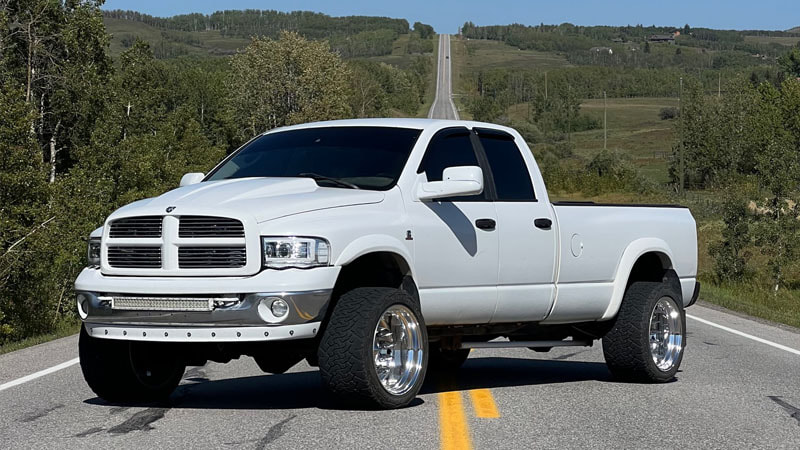
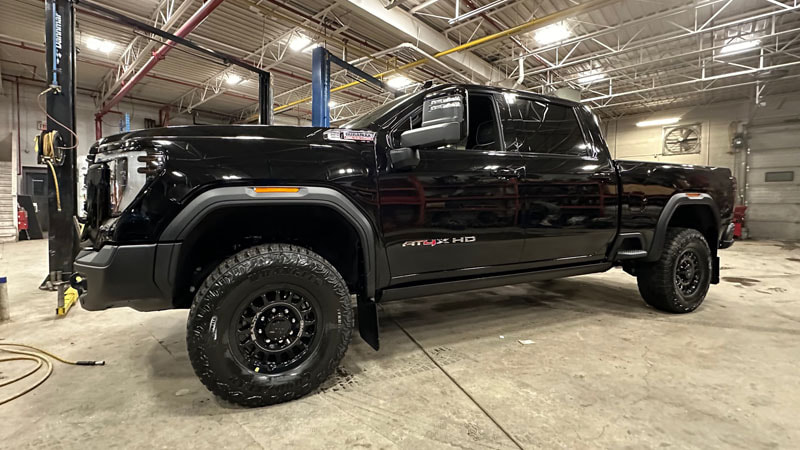
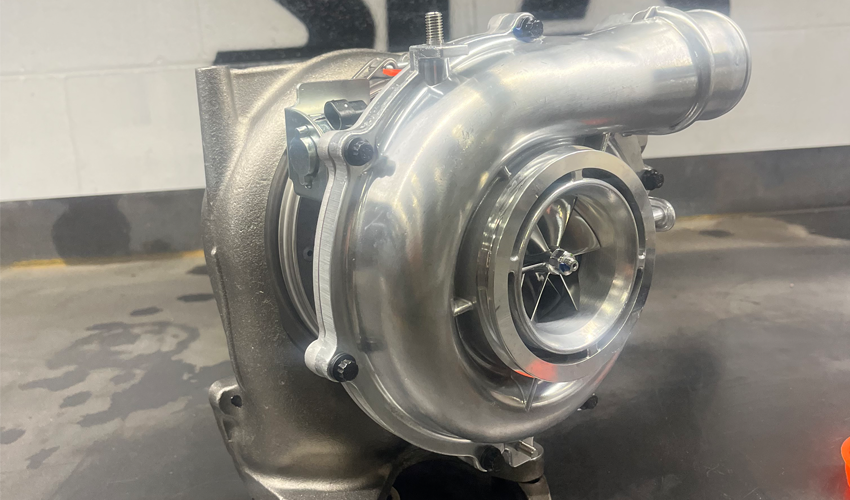
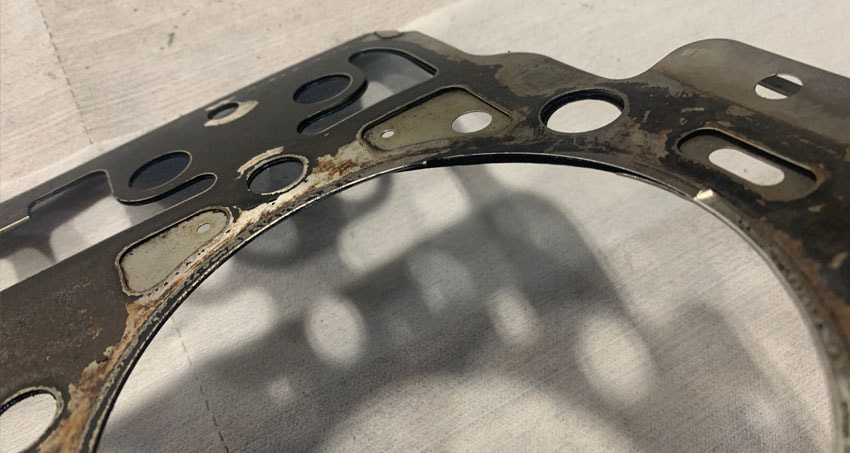

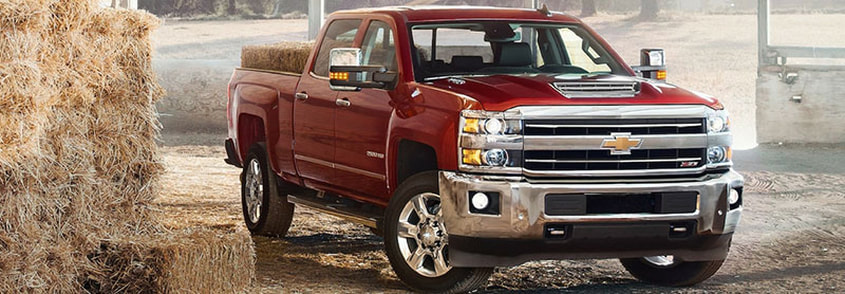
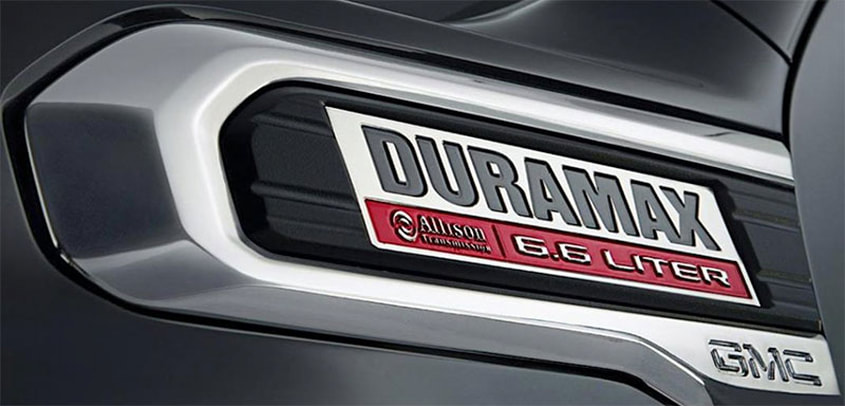

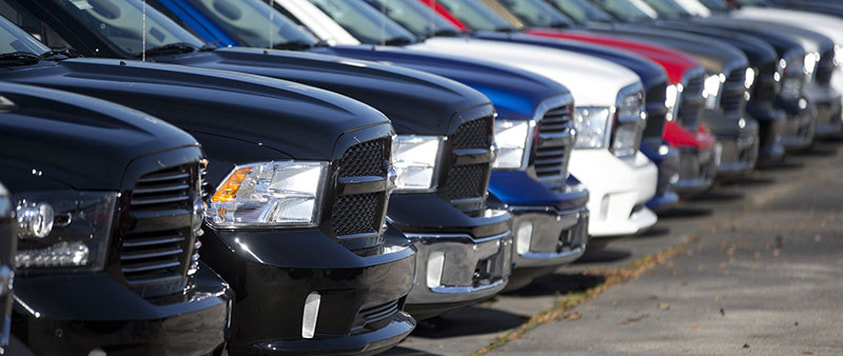

 RSS Feed
RSS Feed